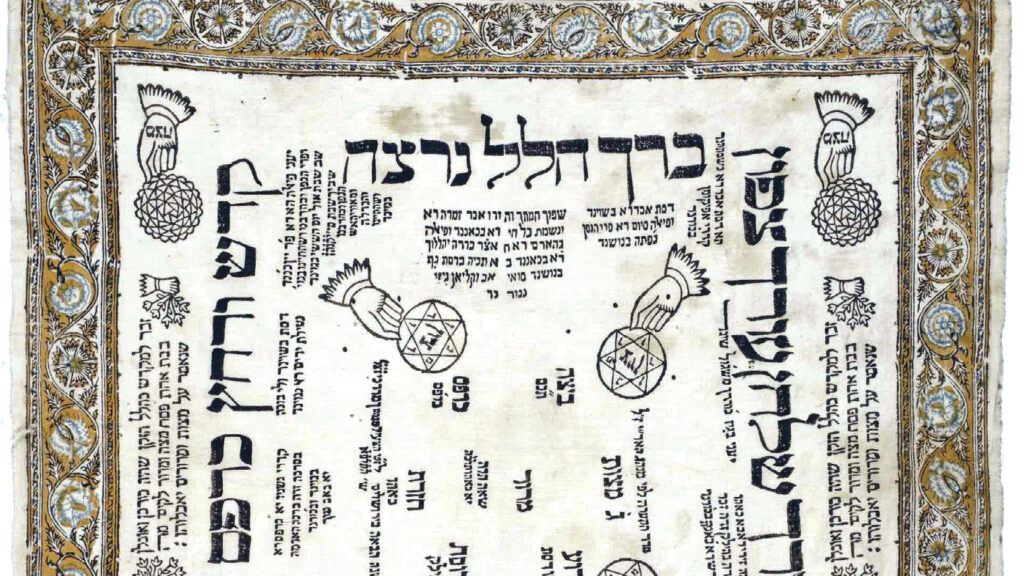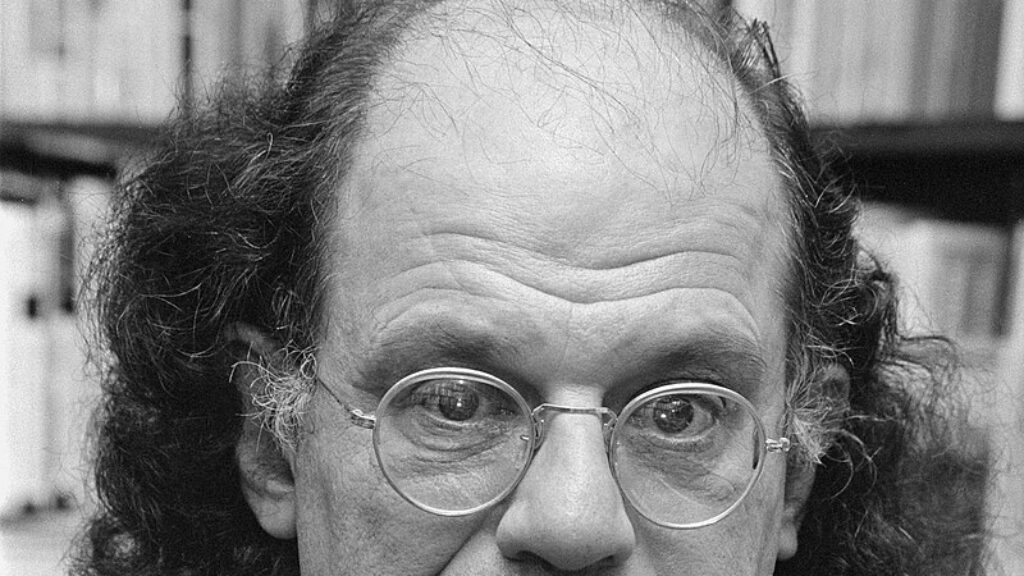Judaism Begins with Motherhood
BY KATE LIFSCHITZ
Rabbi Meir Soloveichik’s 2005 essay “The Jewish Mother: A Theology” offers a dignified and deeply moving vision of Jewish identity, one that challenged how I thought about Jewish peoplehood. Over the course of the Solomon Fellowship this year, we explored countless ideas about faith, nationhood, and tradition, but this piece stood out to me. I had always taken for granted the fact that Judaism is passed down through the mother, but suddenly, this notion felt not only coherent, but sacred.
Generally speaking, most Jewish legal obligations are determined by one’s father and his lineage. A child of a Kohen inherits his priestly status from his father; Jewish tribal identity flows through the father. And yet, when it comes to determining whether someone is Jewish, it is the mother who matters. This discrepancy has confused scholars for generations, who often default to the pragmatic explanation that maternal identity is simply more easily verifiable.
But as Soloveichik shows in his essay, this explanation falls short. The rabbis clearly relied on the father’s lineage in cases involving priestly status or inheritance, so why would the law suddenly default to matrilineal descent when it came to something as fundamental as one’s very Jewishness?
Soloveichik’s answer is not found in sociology, biology, or legalism, but in theology. Judaism, he argues, is not just a faith one assents to; it is a family one is born into. Unlike Christianity, which defines its adherents by belief and spiritual rebirth, Judaism defines itself by the covenantal bond that links one generation to the next. It is this embodied, inherited connection, what Soloveichik calls the “covenant of flesh and blood”, that explains why Jewishness follows the mother. The Jewish people are not just a religious community. They are a family. And who is more central to the family than the mother?
Throughout the essay, Soloveichik weaves biblical sources, rabbinic texts, and philosophical insights into a portrait of motherhood that is both powerful and tender. He draws attention to the name of Eve (Chava), the “mother of all living things” whose identity is directly linked to her role as the source of life. While Adam’s name is related to the earth (adamah), Eve’s name emphasizes the relational. From the very beginning, the Torah suggests that motherhood is not just a biological function, but a spiritual calling: to bring life into the world and remain forever tethered to it.
This concept resonated with me on a deeply emotional level. Judaism often emphasizes the power of memory and continuity, zecher l’yetziat Mitzrayim, remembering the Exodus, zachor et yom haShabbat, remembering Shabbat, but it is mothers, in many ways, who embody continuity itself. Soloveichik points out that a mother never forgets that her child was once a part of her, physically. This connection is not abstract; it is quite literally written into her body. A child’s Jewish identity flows through this bond, through the womb, in the most literal sense of l’dor v’dor—from generation to generation.
Soloveichik’s essay isn’t merely a sentimental celebration of motherhood. It is also a defense of the idea that Judaism sanctifies the physical. Drawing on the thought of Rabbi Joseph B. Soloveitchik and Rabbi Eliezer Berkovits, Soloveichik argues that halacha is a system designed for human beings in their totality: body, mind, and soul. The mitzvot are not about transcending the physical but transforming it. In this worldview, the body isn’t an obstacle to the Divine; it’s a vessel for it.
This positive notion of physicality contrasts sharply with Christian theology, where spiritual identity often transcends or rejects the physical family. Jesus, in the Gospel of Matthew, redefines his family not as those who share his blood, but as those who “do the will of [his] Father in heaven.” Soloveichik quotes theologians who affirm that in Christianity, faith creates family, not the other way around. But in Judaism, faith is received within the family. Even a convert, who chooses Judaism through belief and action, is described as being “like a newborn child”-they do not simply adopt a new religion; they are reborn into a family.
This distinction helps clarify what’s at stake in matrilineal descent. It’s not an arbitrary rule or a historical quirk, it’s a reflection of a larger theological truth: that Judaism is passed down not only through texts and teachings, but through bodies, through maternal relationships that are too deep and too primal to be legislated.
When reading this essay, I also appreciated Soloveichik’s creating a space for women at the theological center of Judaism. Too often, traditional texts emphasize the roles of patriarchs, priests, and rabbis as the sole figures of authority and education. But this essay reminds us that none of it matters without the women who bring Jewish life into the world. As the rabbis themselves taught, it was “the righteous women” who redeemed us from Egypt. It is women who, again and again, ensured Jewish survival, not by wielding power, but by sustaining life. Another striking idea in the essay is the description of the Shechinah as the divine feminine presence, linked to motherly love. Rabbi Yosef rising at the sound of his mother’s footsteps, declaring that “the Shechinah is coming,” encapsulates this beautifully. The divine is not only in heaven; it is in the footsteps of a mother approaching her child.
Reading “The Jewish Mother: A Theology” helped me see that the seemingly technical rule of matrilineal descent is really a window into something much more meaningful, the way Judaism binds the abstract and the intimate, the spiritual and the physical, the eternal and the everyday. It reminded me that Judaism does not begin in a synagogue or a Beit Midrash, rather, it begins in the arms of a mother, holding her child. This is not a loophole or legal technicality. This is a theology.
Suggested Reading

Shining Our Light Unto the Nations Through Jewish Teachings
BY ADIN LINDEN Jewish history is rife with enemies, from the Egyptians to the descendants of Amalek, a lineage that is seen as the greatest enemy of the Jews and…

Between Separating Ourselves and Seeing Ourselves in Others
BY YAEL BURGESS EISENBERG When a gentile came before Hillel and said he would convert to Judaism if Hillel could teach him the entire Torah while standing on one foot,…

Fortifying the “Torah” in Torah u-madda: A Plea to Modern Orthodox Day Schools
In a deep look at his background and motivations, the picture of Jewish writer Allen Ginsberg becomes more clear to the observer. His difficult past and masterful mix of secular, religious, and kabbalistic, as well as various other, themes in his work came to a head in his poem "Kaddish", written to be an elegy for his mother.

Learning as Creation: The Power of Jewish Education
BY ZACHARY KROHN It is no secret that education is one of the highest values of Judaism, and one can give many reasons for why that is the case. Education…